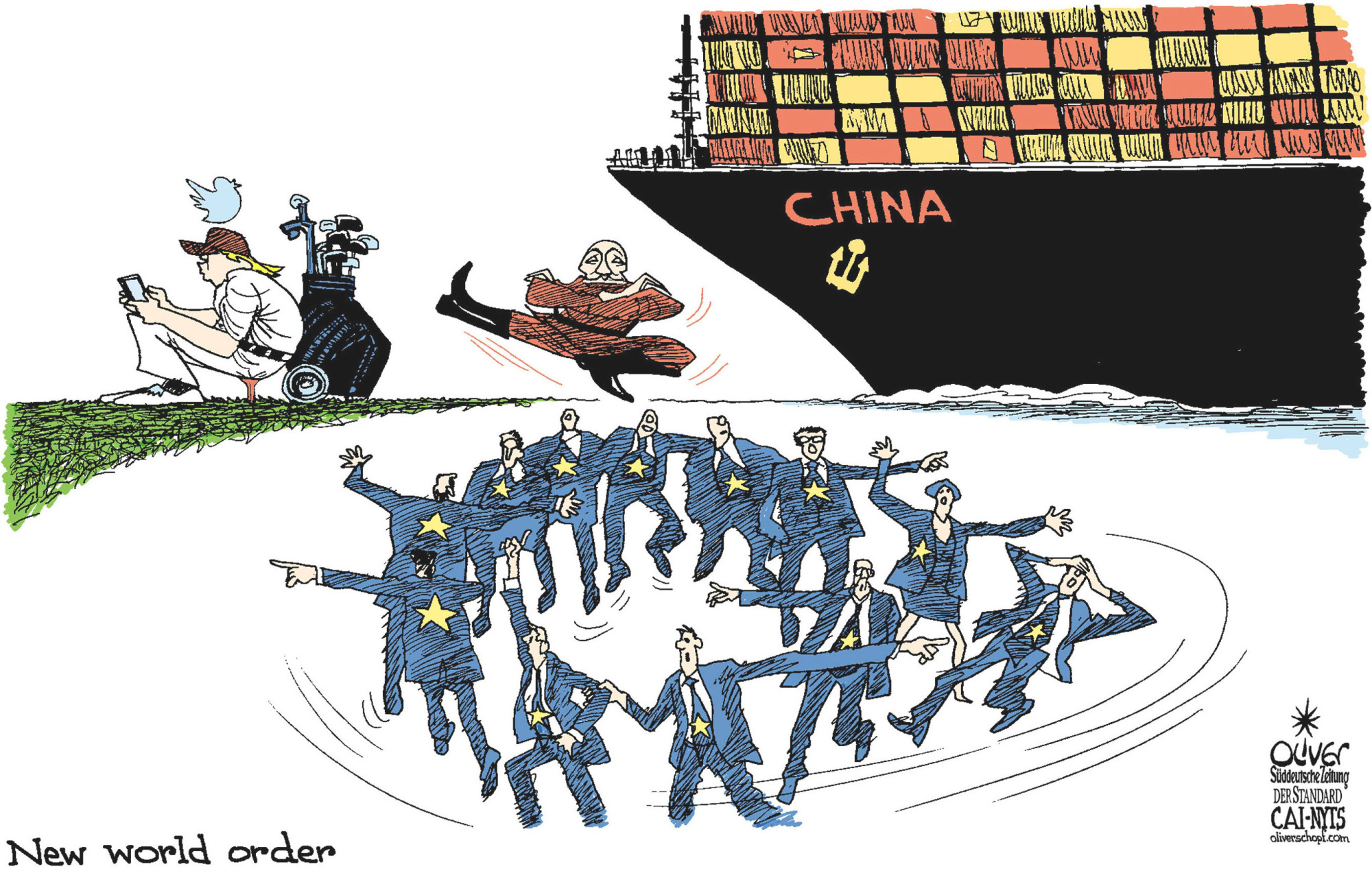Substance often runs a distant second to drama in the age of U.S. President Donald Trump. So it was when America's intelligence chiefs visited Capitol Hill recently to deliver their agencies' annual worldwide threat assessment. It got traction in the news media largely because Director of National Intelligence Dan Coats and CIA Director Gina Haspel gave testimony that implicitly cut across Trump's policies toward North Korea and Iran. Kim Jong Un has no intention of giving up is nuclear weapons, Coats and Haspel testified, whereas while the Iranians might like to have them, they are not currently building them. Coats's testimony, in turn, triggered a predictable Twitter meltdown from Trump, who admonished his own intelligence officials to "go back to School."
Largely lost in this controversy were the most interesting aspects of the intelligence community's assessment. These shed light on three trends that could seriously alter the global landscape for the worse.
The first involves the ever-closer relationship between China and Russia. For years, America's relationships with Beijing and Moscow have been deteriorating, and the threat assessment provides a window into the intelligence community's thinking on both. Russia is a declining but aggressive actor that is likely to intensify its election meddling and information warfare against the U.S. and other democracies. China is not simply a revisionist power but is pursuing "a long-term strategy to achieve global superiority."



